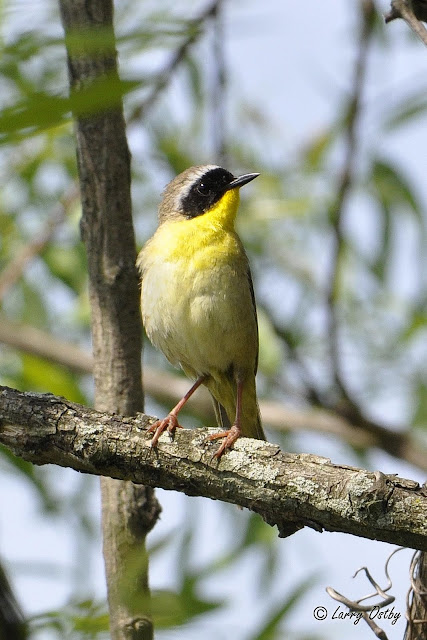It’s not really difficult to find beauty in ugly, whew, what an oxymoron that is. Buzzards which are really vultures, ugly, but in their own right have qualities that are… well, revealingly rather beautiful. Feathers for example, eyes maybe, colors, mmm, not so much. Two of the most numerous vultures distributed in North America include the turkey vulture, Cathartes aura; and the black vulture, Coragyps atratus. The turkey vulture possesses a keen sense of smell along with excellent sight. The black vulture has a more southerly distribution, lacks the graceful flight of the turkey vulture, and depends more on keen eyesight than sense of smell when foraging. The American Egret or Great Egret (very beautiful), stalk prey by walking slowly or standing still for long periods, waiting for a fish, frog or snake to come within range of their long necks and blade-like bills. The largest and most widespread heron in North America, the Great Blue Heron has very similar hunting qualities and is also quite beautiful.
 |
| Black Vulture |
 |
| Black Vulture |
 |
| Black Vulture |
 |
| Turkey Vulture |
 |
| Turkey Vulture |
|
 |
| Great Egret |
 |
| Great Egret |
 |
| Great Egret |
 |
| Great Egret |
 |
| Great Egret |
 |
| Great Egret |
 |
| Great Blue Heron |
































































